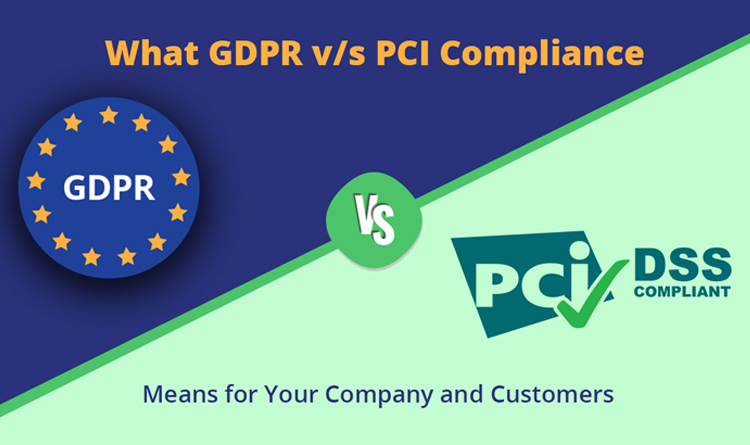PCI DSS vs. GDPR: Similarities and Differences.
What are the main distinctions between the PCI DSS and the GDPR?
Apart from the importance of noncompliance, these two data security standards have some significant variations.
For starters, the PCI DSS is an independent standard rather than a government-enforced rule. The GDPR, on the other hand, is imposed by the European Union, which has broad enforcement jurisdiction.
Another significant distinction is the scope of each standard.
The PCI DSS only covers cardholder data, such as the primary account number (PAN), the cardholder's name, the card's expiration date, and the security code on the back of the card. The PCI DSS specifies how cardholder data must be stored in Requirement 3.4.
The GDPR, on the other hand, has a significantly greater scope than the PCI DSS because it applies to all personal data. Personal customer data is defined by the European Commission as "any information on an individual, whether it related to his or her private, professional, or public life."
Personal data could comprise any of the following under this definition:
- Name
- Address of your residence
- Photo
- Contact information via email
- Bank account information
- Postings on social media sites
- Health-related information
- The IP address of a machine
There is a difference in who's data is covered, in addition to the breadth of the sort of data covered by each standard.
While the GDPR only applies to inhabitants of the European Union, the PCI DSS applies to all cardholders' data, regardless of where they live or where they execute a transaction.
Is there any crossover between the PCI DSS and GDPR?
While the two standards have some significant distinctions, there is also considerable overlap. Fundamentally, the two standards share the same core philosophy: protecting consumers' sensitive data. The GDPR can be seen as an extension of the PCI DSS, with the PCI DSS serving as a solid foundation, already incorporating security best practises and common-sense protocol. The PCI DSS has been around for more than a decade, and any company that processes credit card transactions will have already had to implement measures to comply with it.
How to Comply with the PCI DSS and the GDPR at the Same Time
We offer some additional best practises to maintain continuing compliance with both the PCI DSS and the GDPR, with the PCI DSS's 12 standards serving as a solid foundation:
Train employees on proper security methods for managing sensitive data on a regular basis, and ensure that they can recognise a threat when one arises.
When it comes to outsourcing, only work with reputable third-party vendors who prioritise security and are familiar with various regulatory standards.






